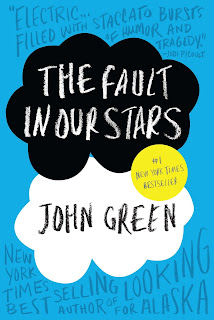A TedEd by Conor Heffernan
What do you think of when you step on a treadmill? Do you fear the monotonous movement to nowhere in a tight environment, a form of punishment? Well, that’s exactly what it was invented for. In the 1800s, England’s prisons were horrible. Many prisoners were deported or executed, and those who were locked up suffered hours of solitude in filthy cells. Many social activists and philanthropists called for prison reform, and soon, entire prisons were remodeled. With these changes came new methods of rehabilitation. One of these was the treadmill. Prisons would walk on the 24 spokes of a water wheel for as many as six hours a day. You couldn’t stop, because then you would fall, but you would walk half the height of Mount Everest everyday. This, combined with malnutrition, contributed to many deaths. The prison guards loved the new tool, saying it drained prisoners. The turning wheel could also be used to grind wheat or do other tasks. This helped Britain’s suffering economy, and the practice soon spread. They lasted until the late 19th century, when they were banned for being excessively cruel in the Prison Act of 1989. However, the treadmill returned in 1911 with its first patent - and it targeted the public. By 1952, it had largely taken on the shape we know today. It became wildly popular in the US in the 1970s, when the jogging craze hit. It was seen as an easy way to get aerobic fitness and lose weight. So the next time you’re tired after using a treadmill, remember its dark history and be glad you can stop whenever you want.





